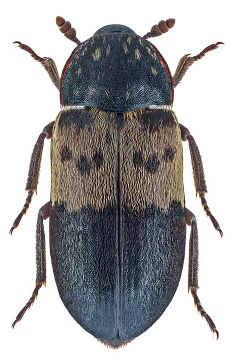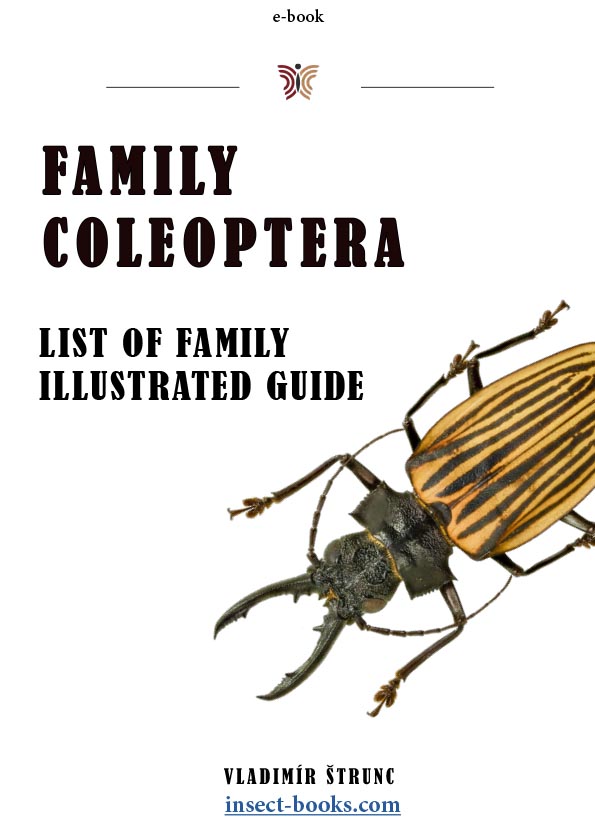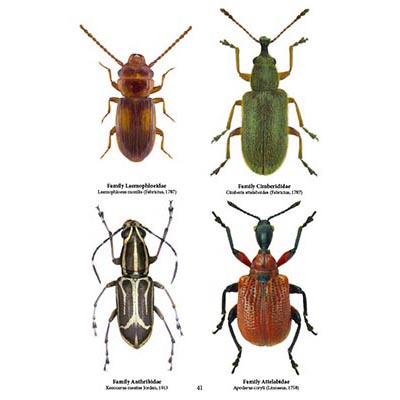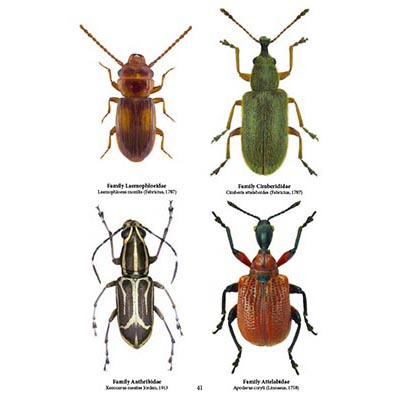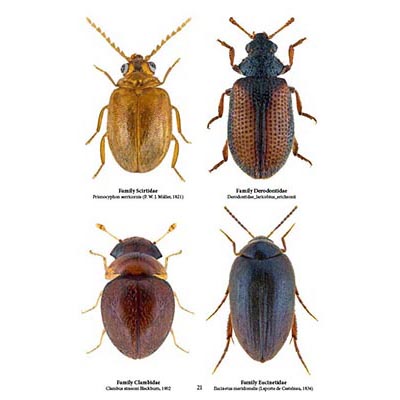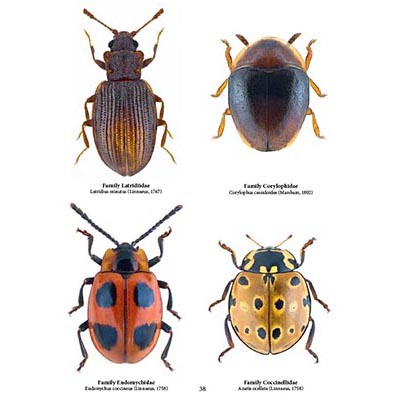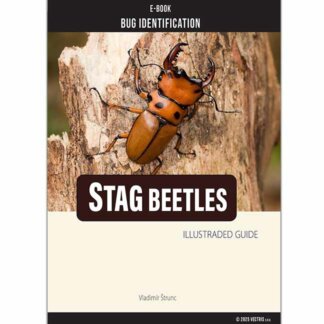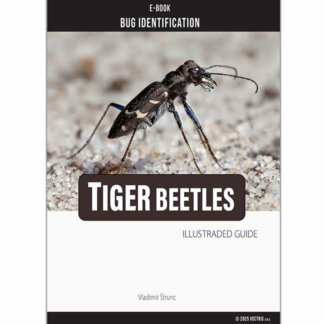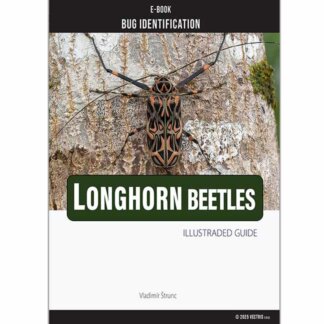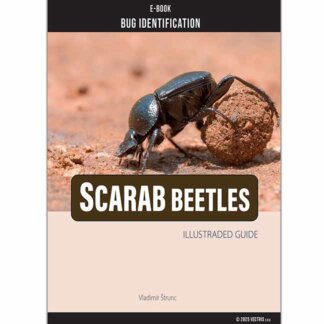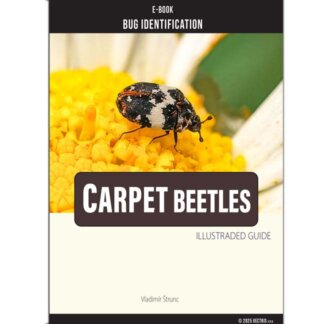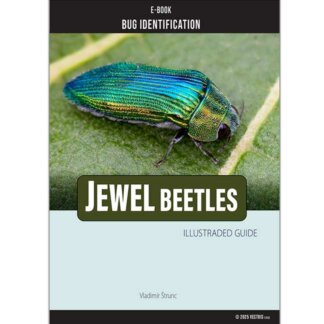Unique pictorial atlases for identifying Beetles. Carpet beetles are small but destructive pests that can damage fabrics, furniture, and clothing. Below is a detailed guide on their identification, types, and behavior, along with examples of different species.
Beetles
Carpet Beetles identification
Adult Carpet Beetles
Size: 1/16 to 1/4 inch (2–5 mm) long.
Shape: Oval.
Color: Varies by species.
Common Species
Color: Dark brown to black.
We recommend:
jeweled beetles, ground beetles, longhorn beetles, goliath beetle, stag beetle, carpet beetles
Black Carpet Beetle:
Unique Features: Smooth body with no scales.
Varied Carpet Beetle (Anthrenus verbasci):
Color: Black with white, brown, and yellow scales.
Features: Irregular patterns that fade with age.
Books about Beetles
Unique pictorial atlases for identifying Beetles:
(2020) Tiger Beetles of the World, Cicindelidae, Illustrated guide to the genera
(2023) Tiger Beetles of Africa, Cicindelidae, Geographical guide to the family Cicindelidae
(2024) Tiger Beetles of Orient, Cicindelidae, Geographical guide to the family Cicindelidae
(2022) Ground Beetles of Africa, Afrotropical Region
(2022) Jewel Beetles of the World, Buprestidae, Illustrated guide to the Superfamily Buprestoidea
(2008) The Prionids of the World, Prioninae, Illustrated catalogue of the Beetles
(2010) The Prionids of the Neotropical region, Prioninae, Illustrated catalogue of the Beetles
Carpet Beetles identification
Furniture Carpet Beetle:
Color: Black with white, brown, yellow, and orange scales.
Features: Distinct colored scales on the thorax and body.
Common Carpet Beetle:
Color: Gray to black with whitish and orange scales.
Carpet Beetle Larvae
Size: 4–5 mm (up to 8 mm for black carpet beetle larvae).
Shape: Carrot-shaped to oval.
Color: Brown to tan with white or tan stripes.
Distinctive Features:
Covered in coarse hairs or bristles.
Some species have striped patterns or smooth bodies.
Larval Examples
Black Carpet Beetle Larvae:
Smooth body with no hair, brown or black in color.
Long terminal bristles at the tail.
Varied Carpet Beetle Larvae:
Alternating light and dark stripes.
Covered with dark hairs that puff up when disturbed.
Carpet Beetles identification
Furniture Carpet Beetle Larvae:
Initially white, turning red or chestnut with brown bands as they mature.
Common Carpet Beetle Larvae:
Reddish-brown with dark hairs.
Behavior and Habitat
Found near windowsills due to their attraction to light.
Larvae cause the most damage by feeding on natural fibers such as wool, silk, fur, feathers, and leather.
Common locations include carpets, clothing, upholstered furniture, lint accumulation areas, and food crumbs.
Signs of Infestation
Holes or bare patches in fabrics like wool or silk.
Shed larval skins and fecal pellets near infested areas.
Adult beetles often found near windows or light sources.
Prevention and Control
Carpet Beetles identification
Regular cleaning of carpets, furniture, and storage areas to remove lint and food crumbs.
Storing vulnerable items in airtight containers.
Sealing cracks around the foundation and installing door sweeps to prevent entry.
Inspecting flowers brought indoors since adult beetles feed on pollen.
By identifying the specific species of carpet beetles and their larvae, effective pest control measures can be implemented to prevent extensive damage.
